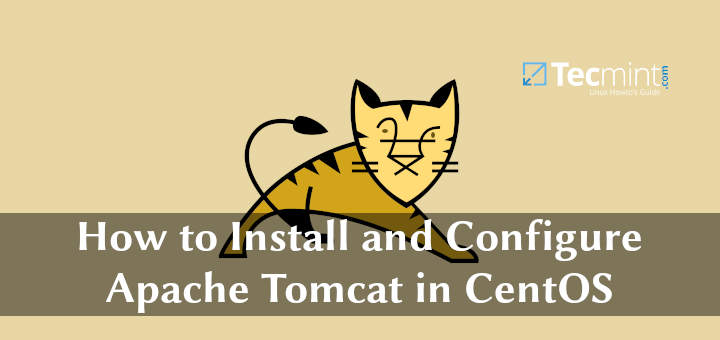
Under the "Binary Distributions" section and then the "Core" list, use the link pointing to the "tar.gz" archive to compose a wget command: cd ~ You can always find the latest stable version of Apache Tomcat 8 from its official download page, which is 8.0.33 as of writing.
#Apache tomcat 8 mysql install#
Step 4: Download and install the latest Apache Tomcat The home directory is /opt/tomcat, which is where the Apache Tomcat program will reside. You cannot use this user account to log into the system. In this fashion, you created a user "tomcat" who belongs to the group "tomcat". Sudo useradd -s /bin/nologin -g tomcat -d /opt/tomcat tomcat Step 3: Create a dedicated user for Apache Tomcatįor security purposes, you need to create a dedicated non-root user "tomcat" who belongs to the "tomcat" group: sudo groupadd tomcat

OpenJDK 64-Bit Server VM (build 25.91-b14, mixed mode) OpenJDK Runtime Environment (build 1.8.0_91-b14) The output will resemble the following: openjdk version "1.8.0_91" Now, you can confirm your installation with: java -version Here, I will install OpenJDK Runtime Environment 1.8.0 using YUM: sudo yum install java-1.8.0-openjdk.x86_64 You need to install Java SE 7.0 or later before Apache Tomcat can run properly. Use the same sudo user to log into the system after the reboot finishes.
#Apache tomcat 8 mysql how to#
It is widely deployed and powers various mission-critical web applications around the world.Īs a starter guide, this article explains how to install Apache Tomcat 8, the latest stable version of Apache Tomcat, onto a Vultr CentOS 7 server instance.


Apache Tomcat is an open-source web server that is designed to serve Java web pages.


 0 kommentar(er)
0 kommentar(er)
